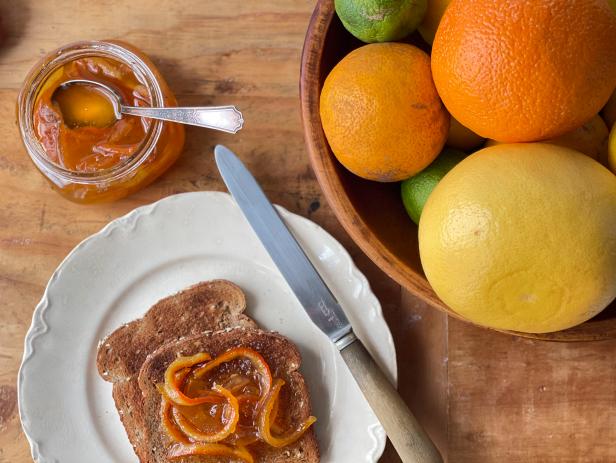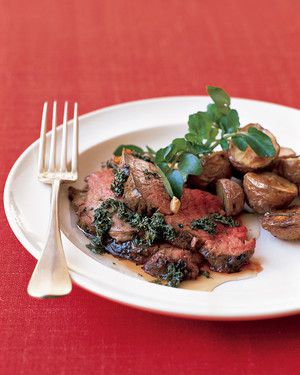**Discover the Delightful World of Classic Seville Orange Marmalade: A Culinary Journey through Sweet and Tangy Citrus Delights**
Step into the realm of citrusy perfection with our collection of classic Seville orange marmalade recipes, a culinary tribute to the vibrant flavors and aromas of this exceptional fruit. Embark on a journey of taste as we present a variety of marmalade creations, each offering a unique twist on this beloved breakfast staple. From the traditional bitter-sweet balance to innovative combinations with ginger, honey, or Earl Grey tea, our recipes cater to every palate, promising a tantalizing experience with every spoonful. Whether you're a seasoned marmalade connoisseur or just starting your citrus adventure, our guide will lead you through the art of crafting this delectable preserve, capturing the essence of Seville oranges in every jar.
CLASSIC SEVILLE ORANGE MARMALADE
Although it's traditionally made with sour orange and lemon, marmalade is open to interpretation.
Provided by Martha Stewart
Categories Food & Cooking Healthy Recipes Gluten-Free Recipes
Yield Makes about 2 quarts
Number Of Ingredients 4
Steps:
- Bring fruit, peels, and water to a boil in a large saucepan. Cook for 5 minutes. Turn off heat, cover, and let cool. Refrigerate for 8 hours (or up to 1 day).
- Freeze a plate. Uncover citrus mixture, and bring to a simmer over medium-high heat. Cook until thickest peel is tender, about 20 minutes. Measure mixture, and return to pan. For each cup of mixture, add 3/4 cup sugar.
- Bring mixture to a boil, stirring often. Cook until mixture registers 220 degrees to 222 degrees on a candy thermometer, about 20 minutes. To test for doneness of marmalade: Drop a spoonful on frozen plate. If marmalade has a slight film when pushed with a finger, it's done. If it spreads out and thins immediately, continue cooking, and test again after a few minutes. Transfer marmalade to airtight containers, cover, and let cool at room temperature. Refrigerate overnight before serving.
CLASSIC SEVILLE ORANGE MARMALADE

Seville oranges are much stronger and more sour than ordinary eating oranges, but marmalade can be made from nearly any citrus fruit. The goal is a combination of tender strips of peel surrounded by a sweet-sour light gel. Marmalade recipes are notoriously fussy and complicated. I've streamlined and simplified the process. It does still take some time, but it's a little effort for a big reward!
Provided by Virginia Willis
Categories condiment
Time 2h
Yield About 4 cups or four 1/2-pint jars
Number Of Ingredients 3
Steps:
- Place a wire rack in a rimmed baking sheet or line it with a clean towel. Set aside. Place several small plates in the freezer to use later to test the consistency of the marmalade.
- Halve and juice the oranges. You should have about 2 cups. Place the juice in a large pot. Using your fingers, remove the membranes and seeds from the hollowed shells and tie them up in a piece of cheesecloth. Add the cheesecloth filled with the membranes and seeds to the pot containing the juice.
- Cut the peel of the oranges into matchsticks. Put the strips of peel into the pot with the juice and the cheesecloth containing the membrane and seeds. Pour over 4 cups water, or enough water so that the water and juice cover the strips of peel (it will depend on the size of your pot). Bring to a boil and then simmer gently until the peels are soft and tender, 45 to 60 minutes.
- Allow to cool until the bag of membranes and seeds is cool enough to squeeze, about 20 minutes (be careful, it will be hot!). (You can also cover it and leave the marmalade to sit in the refrigerator overnight.) Once cooled, squeeze the pectin-packed cheesecloth until "dry." Discard. Add the sugar and salt and stir well until dissolved.
- Return the peels and liquid to the heat. Bring to a boil over high heat until the marmalade reaches the jelling point, 220 degrees F on an instant-read thermometer, 15 to 20 minutes. The peels will be shiny and glass-like. (If you don't have a thermometer, you can also dribble a few drops of the marmalade on a frozen plate. If it crinkles when you run a finger through it and your finger leaves a clear line in the marmalade, it's ready. If not, check it every 5 minutes or so.)
- While the marmalade is cooking, place the canning rack in the canner and fill the pot with water; bring to a boil over high heat.
- Place 4 clean 1/2-pint jars (see Cook's Notes) on the prepared baking sheet. (This will help contain any dribbles or spills and prevent the jars from directly touching the metal.) For each jar, insert a canning funnel and carefully ladle in the marmalade, allowing at least 1/4 inch of headroom. Clean the rims of the jars with a clean, damp towel and tightly secure the lids.
- Using tongs, place the jars on the rack in the canner. The water should cover the jars by at least 1 inch. Cover the canner. Return the water to a boil and boil gently for 10 minutes. Using tongs, transfer the jars to a towel to cool. If the seal works and fits properly, the metal lid will be slightly concave within 24 hours of processing. Store the unopened jars of marmalade at room temperature for up to 1 year. Once the marmalade is opened, store in the refrigerator for up to 1 month.
Tips:
- For the best marmalade, use high-quality Seville oranges. They should be firm and have a deep orange color.
- To easily remove the zest from the oranges, use a microplane grater.
- Be sure to cut the oranges into thin slices, as this will help them cook evenly.
- When cooking the marmalade, stir it frequently to prevent it from sticking to the bottom of the pan.
- To test if the marmalade is ready, place a small amount on a cold plate. If it wrinkles when you push your finger through it, it is ready.
- Store the marmalade in a cool, dark place for up to a year.
Conclusion:
Classic Seville orange marmalade is a delicious and versatile condiment that can be enjoyed on toast, scones, or pancakes. It can also be used as a glaze for ham or chicken, or as a filling for pies and tarts. With its bright citrus flavor and slightly bitter finish, Seville orange marmalade is a true taste of Spain.
Are you curently on diet or you just want to control your food's nutritions, ingredients? We will help you find recipes by cooking method, nutrition, ingredients...
Check it out »
You'll also love













